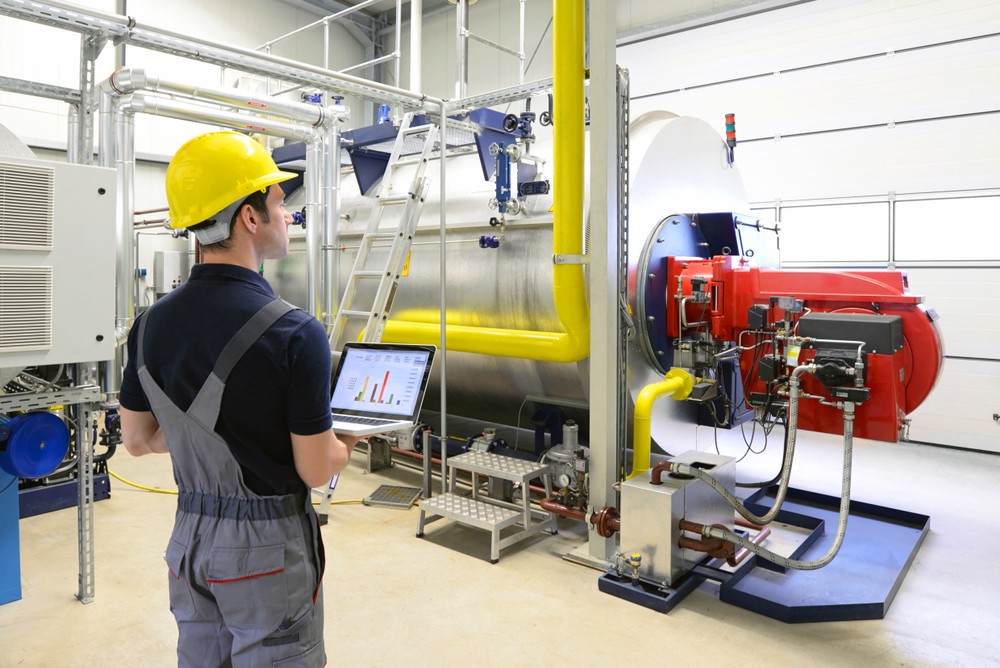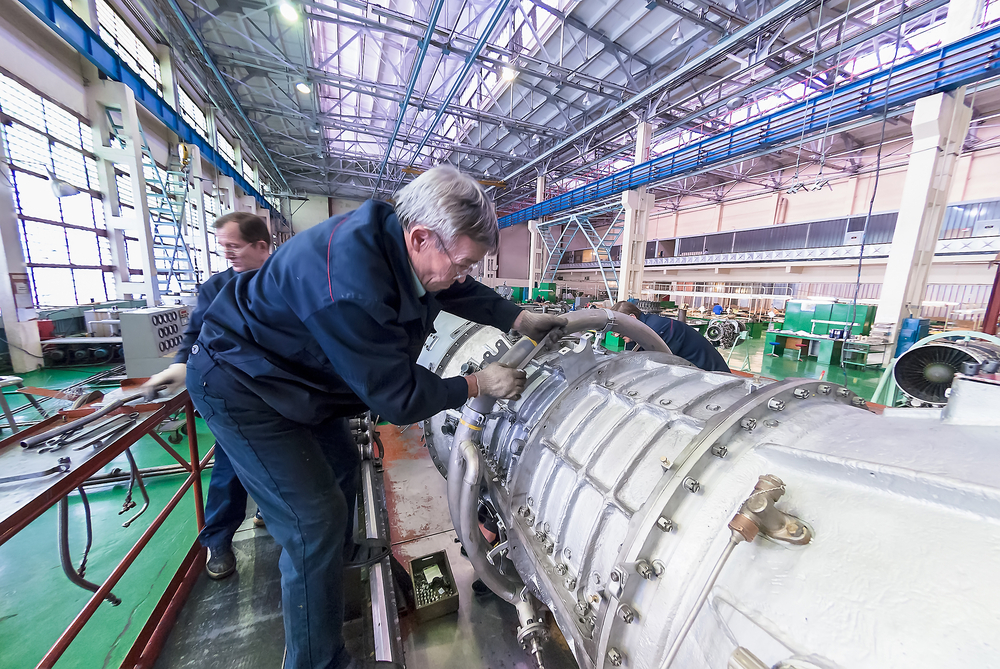A Refresher on the 4 Core Causes of Machine Vibration

Vibration is one of the most grating forces on industrial equipment. The low hum of a whirring motor can quickly become a rattling, then a grinding, then — before you know it — machine failure that leaves the equipment silent. It’s why manufacturers prioritize vibration monitoring and repair above all else.
Preventing unplanned downtime starts by anticipating it, which means understanding the core catalysts that cause vibration. Here’s a look at the four chief causes of machine vibration, how to spot them, and their root causes — to help prevent them.
1. Imbalance
An imbalance occurs when an unbalanced weight rotates around the machine’s axis, creating a centrifugal force. This force causes a vibration that can expedite machine depreciation, as well as heavily reduce bearing life. There are three types of vibration imbalances to be aware of:
- Static imbalance. This type of imbalance is the result of a “heavy weight” that is not properly aligned in reference to the machine’s axis. You can identify a static imbalance by letting the rotor spin freely to observe vibration.
- Coupled imbalance. A coupled imbalance occurs when there are two imbalances, caused by two equal masses. To fix this requires balancing on two planes, which requires a more involved mode of calibration.
- Dynamic imbalance. This is the most common type of imbalance, created when there’s a static and coupled imbalance present. Look for tilting or wobbling, and prepare to adjust balance on two planes to resolve it.

2. Misalignment
Misalignment refers to machine shafts that are out of line. This can occur in a variety of ways during assembly or over time. Misalignment can also have natural causes such as components shifting through usage, or by incorrect reinstallation of parts after maintenance. There are three main types of shaft misalignment to be aware of:
- Parallel misalignment. This misalignment occurs when axes are parallel, but not exactly aligned.
- Angular misalignment. This misalignment occurs when the axes of two parts aren’t parallel, relative to each other.
- Combination misalignment. This misalignment takes place when both an angular misalignment and a parallel misalignment occur at the same time.
3. Wear
Natural depreciation over time causes component wear, as does improper maintenance. Friction is, of course, the most detrimental factor in wear and can quickly lead to misalignments as parts become loose. There are three types of wear to be aware of:
- Bearing damage. Bearing rollers generate vibration each time they travel over a damaged area.
- Gear damage. A chipped or worn gear tooth can produce vibration as it travels through the gear cycle.
- Soft foot. A soft foot can create vibration, since the machine isn’t able to stabilize at the mounting.

4. Looseness
Looseness usually occurs due to friction damage, which can open components up to a wider range of motion outside of the accepted tolerance. Looseness is often a perpetuating cycle — vibration causes looseness, which produces more vibration. Loose bearings or mounts also go hand in hand with wear, which causes more vibration.
Be mindful of vibration to prevent downtime
Proactively preventing downtime is one of the best ways for manufacturers to save money, slow down machine depreciation, and stay in production for longer cycles. Identifying machine vibrations, as well as their root causes, can exponentially help manufacturers with the reduction of downtime.